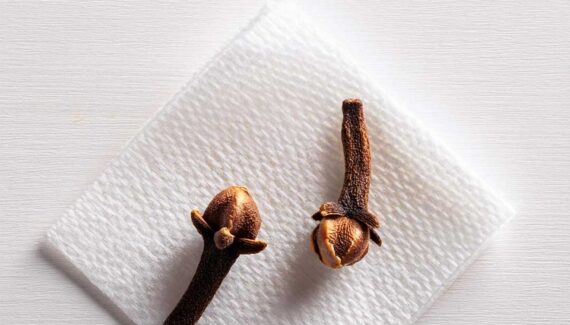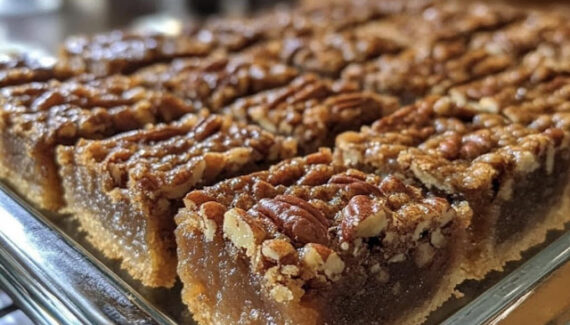The Art of Making Ciabatta Bread: A Step-by-Step Guide
Ciabatta bread, with its rustic appearance and delightful texture, has captured the hearts of bread enthusiasts around the world. Originating from Italy, this versatile loaf is renowned for its crisp crust, airy crumb, and subtle flavor, making it perfect for everything from sandwiches to bruschetta. In this article, we’ll delve into the intricacies of crafting authentic ciabatta bread, guiding you through each step to achieve bakery-quality results in your own kitchen.
Table of Contents
- Introduction to Ciabatta Bread
- Ingredients You’ll Need
- Understanding the Ciabatta Dough
- Step-by-Step Method
- 4.1. Preparing the Biga (Preferment)
- 4.2. Mixing the Dough
- 4.3. Bulk Fermentation
- 4.4. Shaping the Loaf
- 4.5. Proofing
- 4.6. Baking**
- Tips for Perfect Ciabatta
- Common Mistakes to Avoid
- Serving and Storing Your Ciabatta
- Conclusion
Introduction to Ciabatta Bread
Ciabatta, meaning “slipper” in Italian, aptly describes the bread’s flat, elongated shape. Developed in the 1980s in response to the popularity of French baguettes, ciabatta was created to complement the rich flavors of Italian cuisine. Its open crumb structure and chewy crust make it a favorite for artisanal sandwiches and as an accompaniment to soups and salads.
Ingredients You’ll Need
Creating authentic ciabatta requires attention to quality ingredients and precise measurements. Here’s what you’ll need:
For the Biga (Preferment):
- All-purpose flour: 250 grams (2 cups)
- Water: 175 grams (3/4 cup plus 1 tablespoon) at room temperature
- Active dry yeast: 1/4 teaspoon
For the Dough:
- All-purpose flour: 500 grams (4 cups)
- Water: 350 grams (1 1/2 cups) at room temperature
- Salt: 10 grams (2 teaspoons)
- Biga: All of the prepared preferment
Note: These measurements are based on baker’s percentages, which are standard in bread making. Adjustments can be made based on desired yield and specific recipes.
Understanding the Ciabatta Dough
Ciabatta dough is characterized by its high hydration, meaning it contains a high percentage of water relative to flour. This high hydration contributes to the bread’s open crumb and moist interior. Managing such dough requires a gentle touch, as it is inherently sticky and less elastic than other bread doughs.
Step-by-Step Method
Creating ciabatta involves several stages, each crucial to developing the bread’s structure and flavor. Let’s break down the process:
4.1. Preparing the Biga (Preferment)
Why Use a Biga? A biga is a type of Italian preferment that enhances the flavor, texture, and shelf-life of the bread. It allows for better gluten development and adds complexity to the dough.
Steps:
- Combine Ingredients: In a mixing bowl, combine 250 grams of all-purpose flour, 175 grams of water, and 1/4 teaspoon of active dry yeast.
- Mix: Stir until a shaggy dough forms. Ensure there are no dry flour pockets.
- Rest: Cover the bowl with plastic wrap or a damp cloth and let it sit at room temperature for 12-16 hours. The biga should become bubbly and doubled in size.
4.2. Mixing the Dough
Ingredients:
- All of the prepared biga
- 500 grams of all-purpose flour
- 350 grams of water
- 10 grams of salt
Steps:
- Combine Flour and Water: In a large mixing bowl, combine the 500 grams of flour and 350 grams of water. Mix until there are no dry spots. The dough will be sticky.
- Add Biga: Incorporate the entire biga into the mixture. Use your hands or a dough scraper to ensure it’s evenly distributed.
- Autolyse: Let the mixture rest for 20-30 minutes. This process allows the flour to hydrate fully, aiding gluten development.
- Add Salt: Sprinkle the 10 grams of salt over the dough. Gently fold the dough to incorporate the salt without overworking it.
Please Head On keep on Reading (>) for the FULL ARTICLE:










No Responses Yet